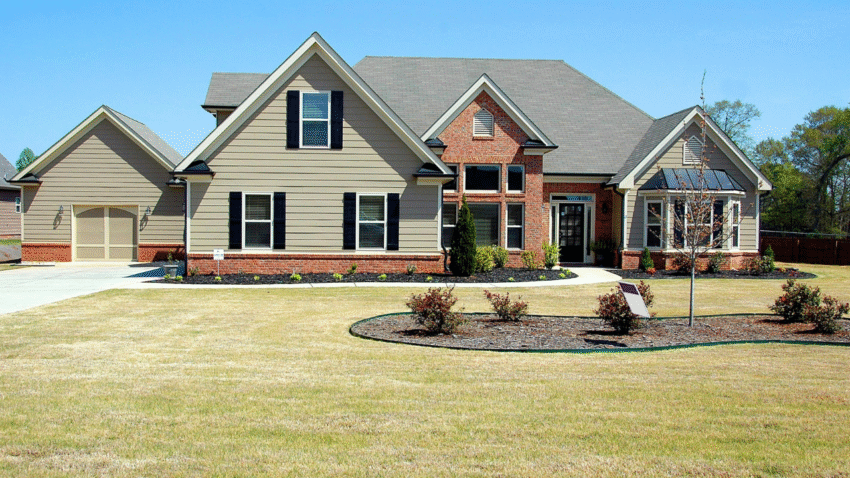Introduction
Is your pathway looking green and slippery? Algae growth is a common issue on stone, brick, concrete, and paver surfaces—especially in damp or shaded areas. Not only does algae make your walkway look neglected, but it also creates a dangerous slip hazard. In this guide, you’ll learn how to clean algae from a pathway surface step by step, along with tips to prevent it from coming back.
Why Cleaning Algae Matters for Pathways
Algae thrives in moisture and shade, often taking over walkways after rainy seasons or in poorly drained areas. Left untreated, algae can stain surfaces, weaken materials, and make your path unsafe.
Key benefits of removing algae include:
- Safety – Eliminates slippery, accident-prone areas.
- Curb appeal – Restores the clean, fresh look of your pathway.
- Durability – Prevents moss and algae roots from damaging mortar or stone.
- Low maintenance – Regular cleaning keeps growth from spreading.
- Health – Reduces mold and spore buildup around your property.
Step-by-Step Guide to Cleaning Algae from a Pathway Surface
Step 1: Gather Materials
You’ll need:
- Stiff-bristle brush or broom
- Garden hose or pressure washer
- Bucket
- Cleaning solution (options: vinegar, bleach mix, or commercial algae cleaner)
- Protective gloves and safety glasses
Step 2: Prepare the Pathway
- Remove furniture, potted plants, or obstructions.
- Sweep away loose leaves, dirt, and debris.
- Wear gloves and non-slip shoes—wet algae can be extremely slippery.
Step 3: Choose a Cleaning Solution
- Vinegar solution – Mix equal parts white vinegar and water (eco-friendly).
- Bleach solution – Mix 1 part household bleach to 10 parts water (effective for stubborn algae).
- Commercial cleaner – Specialized products are available for stone, pavers, or concrete.
Step 4: Apply the Solution
- Pour or spray the cleaning mixture onto the affected area.
- Let it sit for 10–15 minutes to break down algae buildup.
- Avoid letting bleach run into flowerbeds—rinse nearby plants first for protection.
Step 5: Scrub the Surface
- Use a stiff-bristle brush to scrub algae spots vigorously.
- For large areas, a push broom works best.
- Focus on cracks and joints where algae tends to grow thicker.
Step 6: Rinse Thoroughly
- Use a garden hose with strong water pressure to rinse away debris.
- For deep cleaning, use a pressure washer on a medium setting.
- Make sure all cleaning solution is washed off the surface.
Step 7: Repeat if Needed
- For stubborn patches, reapply the solution and scrub again.
- Persistent algae may require multiple treatments.
Step 8: Allow to Dry
- Let the pathway dry completely in the sun if possible.
- Check the surface after drying—if it still feels slippery, repeat the process.
Common Mistakes to Avoid
- Mistake: Using too much bleach.
- Solution: Stick to a 10:1 water-to-bleach ratio to prevent surface damage.
- Mistake: Skipping protective gear.
- Solution: Always wear gloves and safety glasses when handling cleaners.
- Mistake: Power washing on high pressure.
- Solution: Use medium pressure to avoid chipping bricks, stone, or mortar.
- Mistake: Ignoring shaded spots.
- Solution: Pay extra attention to shady, damp areas where algae regrows quickly.
- Mistake: Not rinsing thoroughly.
- Solution: Rinse all solution off the path to avoid residue and streaking.
Extra Pathway Cleaning Tips & Hacks
- Apply a sealant – After cleaning, seal stone or concrete to make algae growth less likely.
- Improve drainage – Redirect water away from the path to reduce moisture.
- Trim nearby plants – Let more sunlight reach the walkway to keep algae from thriving.
- Eco-friendly hack – Sprinkle baking soda over damp algae patches; scrub and rinse after a few hours.
- Want more ideas? Check out our guide on [how to clean brick walkways without damage].
Conclusion
Algae buildup on a pathway is a common issue, but it’s one you can tackle with the right tools and a little effort. By scrubbing, rinsing, and preventing moisture buildup, you’ll restore a safe, attractive walkway and keep it looking fresh year-round.
Pro Tip: Make algae cleaning part of your seasonal maintenance routine—once in spring and once in autumn—to stay ahead of regrowth.
